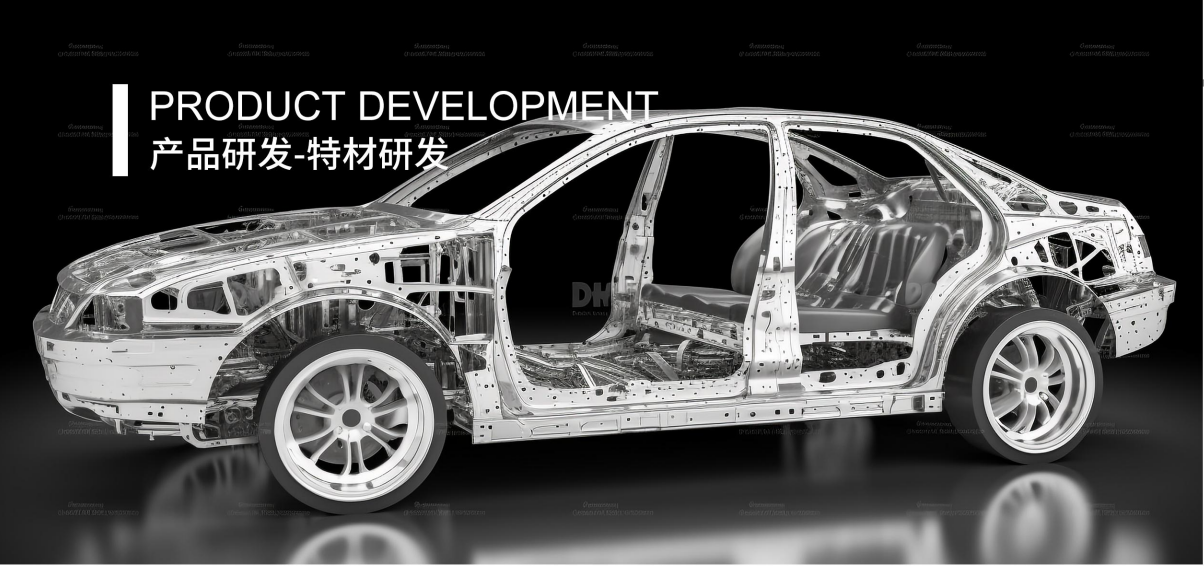An overview of electric vehicles in the world
While the gas-powered automobile has been around for over a century, commercially sold electric vehicles, also known as EVs, are a much more recent development. With the twin threats of climate change and peak oil prices, more sustainable alternatives are required , and aluminum has an important role to play in the transformation.
Modern EVs emerged in the late 20th century in response to the 1973 Oil Crisis and growing climate concerns. Starting with the Toyota Prius in 1997, the 2000s marked the re-emergence and development of hybrid vehicles, building to the launch of the first mass-market EV in 2010 with the Nissan Leaf.
In 2019, the global sales of new energy vehicles was approximately 2.21 million, an increase of nearly 10% year-on-year, of which pure electric vehicles still accounted for the main force, accounting for 74% of the overall sales of new energy vehicles, and plug-in hybrid vehicles accounted to 26%.
Why to use aluminum in electric cars?
Aluminum is an excellent option for reducing the weight of vehicles, as it weighs less than steel. Aluminum can make cars lighter, enhancing fuel efficiency and extending their range.
Secondly,aluminum is highly durable and can withstand driving forces. This makes it an excellent choice for structural components like the body-in-white. Aluminum is known for its corrosion-resistant properties, making it an ideal choice to help extend the lifespan of electric vehicles.
Additionally, aluminum is 100% recyclable, which makes it an environmentally sustainable material for electric vehicles.
Lastly, aluminum is a relatively low-cost material that can help keep the costs of electric vehicles down.
For all these reasons and more, it’s been estimated that EVs and plug-in hybrids use 25% more aluminum than traditional vehicles.
What aluminum alloys are used in electric vehicles?
Generally speaking, the same aluminum alloys found in traditional automobiles are also found in electric vehicles. The bodies of EVs are frequently made up of popular 6XXX series alloys such as 6061, 6016, and 6111. High corrosion resistant alloys are also common, such as 5182 and 5754. In order to push further the possibilities of electric vehicles, new alloys are also required. That’s why many of the most advanced EVs, such as Tesla, feature revolutionary new alloys that were specially created for the purpose. For instance, in 2020, the company applied for patents for one new alloy that had the yield strength of A356 but the electrical conductivity of 100.1 alloy.
Your Partner In Sustainable Materials
At Xiangxin group, we have always believed in the importance of using the right material for the job. Our sales professionals work with customers to supply the correct alloy for every application, and that includes the EV market. Contact one of our friendly customer service representatives today with any questions or inquiries.
Post time: Apr-02-2024



